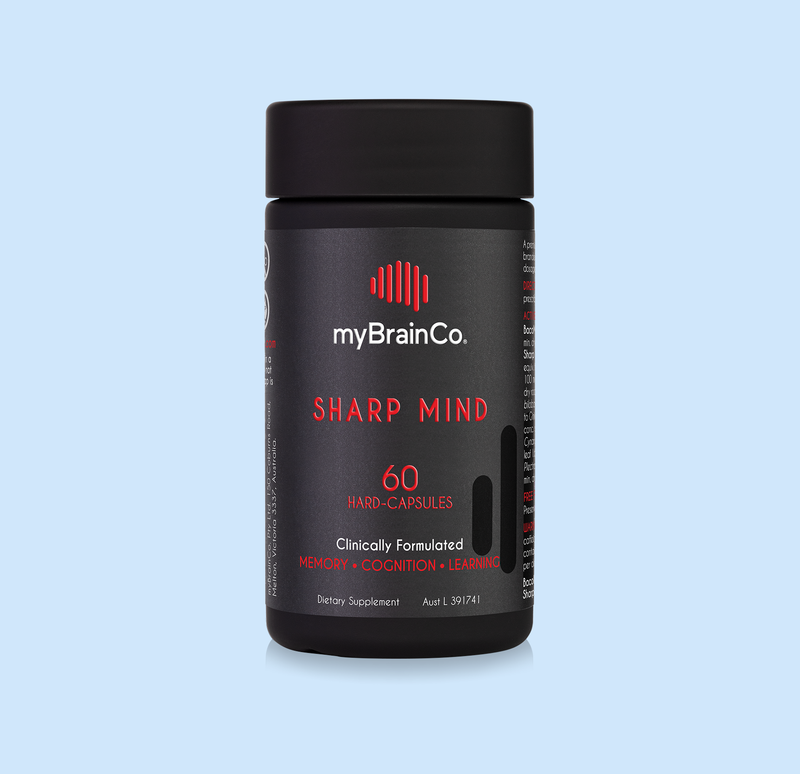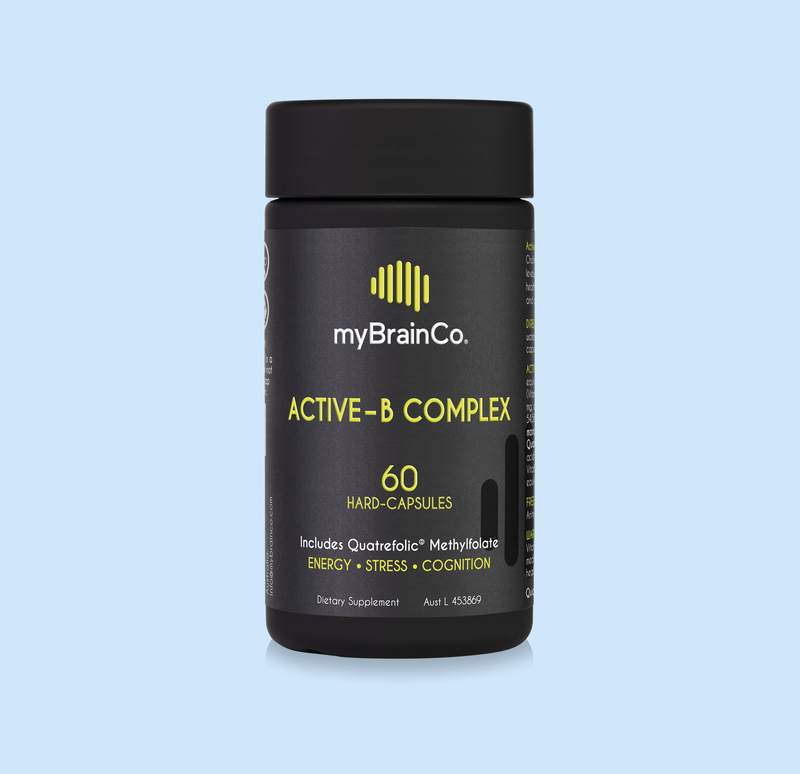The human body is exposed to a wide range of toxins, pollutants, and harmful substances on a daily basis. In order to maintain optimal health and well-being, it is essential for the body to detoxify and eliminate these harmful substances. There are several key eliminatory channels through which the body eliminates toxins and waste products, including perspiration, respiration, urination, and defecation (pooping). Additionally, the liver plays a crucial role in detoxification by breaking down harmful substances and preparing them for elimination.
Understanding The Five Channels of Elimination
1. Skin: Perspiration
This is often the most forgotten, or overlooked channel of elimination. Perspiration, also known as sweating, is the process of releasing sweat from the sweat glands in the skin. This process is crucial for regulating body temperature and is also an important eliminatory channel for toxins.
Sweat can contain a variety of toxins and waste products, including heavy metals, environmental pollutants, and metabolic waste. Through perspiration, these toxins can be carried out of the body, reducing the burden on other eliminatory channels.
We regularly disrupt our natural ability to sweat by using antiperspirant deodorants and creams in areas we want to decrease production. This can shut down a significant percentage of the eliminatory capabilities of this pathway, which can result in that burden being compensated for in other channels.
As our sensory system, our nervous system plays a significant role in temperature regulation and sweat initiation. Conditions of excess (hyperhidrosis) or depleted (hypohidrosis) sweating can point to communication problems within our parasympathetic nervous system and vagus nerve.
2. Cardiovascular: Respiration
Respiration, or breathing, is another key eliminatory channel for toxins. When we breathe, we inhale oxygen and exhale carbon dioxide, but we also inhale and exhale a range of other substances, including environmental pollutants, fragrances, moulds and toxins. The lungs act as a filter, trapping these harmful substances and eliminating them from the body through exhalation. Additionally, deep breathing techniques such as those practices in pranayama or Buteyko can help facilitate the elimination of toxins by increasing oxygen flow to the cells and promoting the release of toxins through the breath.
Breathing is such an under-recognised health tool. Another interesting way that respiration is an eliminatory channel is when it comes to weight loss. In a study looking at how fat is broken down and eliminated from the body during weight loss, it was determined that the overwhelming majority of this takes place by exhaling! Focusing on good quality, deep breathing can benefit our detoxification systems, our nervous system and our waistline!
3. Kidneys: Urination
The kidneys are responsible for filtering waste products from the blood and eliminating them from the body through urination. Urine contains a variety of waste products, including urea, creatinine, and excess water, as well as toxins and other harmful substances. Through urination, the body eliminates these water-soluble waste products and reduces the burden on other eliminatory channels.
If we are dehydrated, we can impair the efficiency of this eliminatory channel. Making sure that we are consuming at least 1.5L – 2L of water daily can help keep things moving and provide enough hydration to dilute urinary fluids. Proper hydration helps to reduce the concentration of any toxins as they pass through our delicate kidney system.
4. Bowels: Defecation
The digestive system is one of our most obvious detoxification systems. Opening the bowels daily with an easy-to-pass stool will ensure we are keeping things moving and clearing quickly. If we have slow or infrequent bowel movements, it means that toxins sitting in our faecal matter waiting for excretion can be reabsorbed into our system. If this occurs, those same toxins then need to be dealt with again for a second time. This places a significant burden on this pathway.
To keep things moving, the digestive system depends on the liver and gallbladder to secrete bile into the small intestine, which helps break down fats and bind toxins. These waste products are then carried through bowel movements for elimination. A diet that is low in fibre, or dehydration and dysbiosis can decrease the optimal functioning of the bowels resulting in constipation and other unpleasant digestive issues.
5. The Role of the Liver in Detoxification
The liver is arguably one of the most important organs in the body when it comes to detoxification. It operates as a quasi-eliminatory channel as it is responsible for much of the work that goes into ‘detoxifying’ and packaging up toxic substances ready for removal via our other channels.
The liver is the body’s major filter. It is responsible for processing toxins from our blood and lymph, breaking them down into less harmful substances so they can be safely eliminated through urine, faeces, breath or sweat. The liver has two main pathways to carry out detoxification called phase I and phase II.
The phase 1 and 2 pathways of the liver process the toxins and metabolites that find their way into our bloodstream. It also breaks down the medications we may take and the hormones and other substances that our body makes. As you can imagine, these pathways perform a huge amount of work, and therefore they have a high demand for nutrients to facilitate the detoxification processes.

Phase I detoxification involves the breakdown of toxins into smaller molecules through oxidation, reduction, and hydrolysis. This process is largely governed by enzymes known as the cytochrome P450 enzymes. Despite this being a toxin-reducing function, it actually will generate free radicals and other harmful substances, which require further processing in phase II detoxification.
Phase II detoxification involves the conjugation (biotransformation or ‘joining’) of the smaller molecules produced in phase I with other substances, such as glutathione, amino acids, or sulphur. This process is essential to make the toxins more water-soluble and less reactive, allowing them to be eliminated from the body through urine or bile.
In an ideal world, phase 1 delivers toxins and metabolites through to an efficient phase 2 system for further processing without delay. However, this isn’t always possible as phase II can become slowed and inefficient due to poor diet, low nutrient availability or high toxin exposures.
If we have high toxin exposures or lots of inflammation and free radicals, our liver may need additional support to keep it efficient. For example, if we have phase I pathways sending too many reactive toxins and metabolites to a phase II pathway that can’t keep up with the demand, we can end up with a lot of reactive oxygen species hanging around, which can contribute to cellular damage. By contributing antioxidant nutrients, such as brassica, glutathione or amino acids, we can support phase II to maintain efficiency.
Signs We May Need To Support Detoxification
Our bodies may send us signals that our detoxification and elimination channels are under stress.
This might include;
- Constipation
- Skin problems, especially itching or rashes
- Bad breath or body odour
- Dandruff or poor hair and nail health
- Low energy, despite adequate sleep
- Poor immunity or autoimmunity
- Brain fog and mood problems
- Hormonal imbalances
- Digestive issues, like reactivity to foods or substances
Sometimes the issue may be one eliminatory channel that needs addressing. Other times, we may benefit from a more comprehensive approach that includes targeted liver support, antioxidants and better sleep and hydration.
Optimising Detoxification
We can optimise our detoxification every day by;
- Eating a diet rich in nutrients and fibre
- Ensuring we eat enough protein to fuel our liver pathways
- Making sure we drink enough water
- Keeping alcohol consumption to a minimum
- Keeping sugar consumption low
- Making sure we are breathing well (including when we sleep e.g. identifying and addressing sleep apnoea)
- Making sure we get quality sleep (the brain detoxes itself in our sleep!)
- Paying close attention to our exposures and minimising them wherever possible
- Adding antioxidants and nutrients that support healthy detoxification
Detoxification of endogenous (ie. produced by our body) and exogenous (ie. exposures external to our body) is a natural process occurring within our bodies daily. We need to recognise that modern life places us in contact with a lot more exposures, and this may place an additional burden on these systems. Being mindful of the delicate balance between exposures and substances or practices we can use to alleviate the burden can help us maintain cellular health and longevity.



